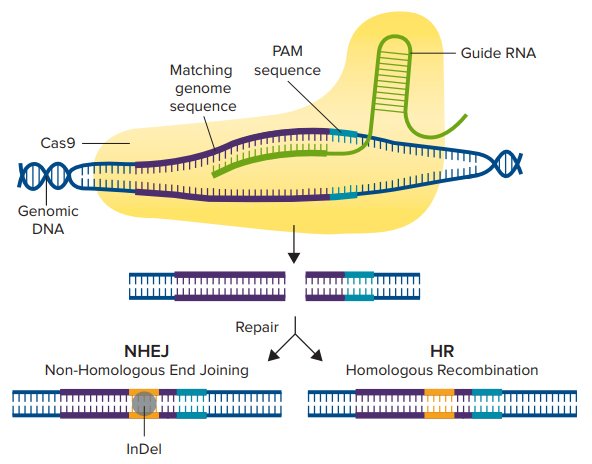The first trials for using CRISPR-edited cells have begun in the US, with researcher at the University of Pennsylvania treating cancer patients with an experimental therapy.
CRISPR (clustered regularly interspaced short palindromic repeats) is a family of DNA sequences found within the genomes of prokaryotic organisms such as bacteria and archaea.
The CRISPR is a profound gene-editing tool that can cut DNA with great accuracy, allowing genes to be turned off, new genes added or their functions changed.
This gene-editing tool is so powerful it could be used to wipe out entire species or solve long-standing agricultural issues.
Two patients, one with multiple myeloma and one with sarcoma, have received the treatment which uses an edited version of the patient’s white blood cells.
In the trail, the immune cells are removed from a patient and three edits are made to the DNA by CRISPR. The edits allow for the cells to more readily attack a tumor, inhibiting the breaks and allowing the cells to fight off the cancer.
Once edits are done in the lab, the cells are infused back into the patients body.
This is not the first time CRISPR has been used to edit human cells. A team of researchers from Sichuan University in China have also been working with CRISPR-edited immune cells to treat patients with non-small cell lung cancer. Preliminary results from that study suggest the therapy is safe, but further study and larger sample sizes will be necessary to explore its effectiveness.
Preliminary results from that study suggest the therapy is safe, but further study and larger sample sizes will be necessary to explore its effectiveness.
“This is just the beginning of the use of CRISPR for somatic editing,” says Gaétan Burgio, a geneticist at Australian National University not associated with the Trail. “We need sometime to assess the safety and efficiency of the CRISPR editing versus other available options.”

